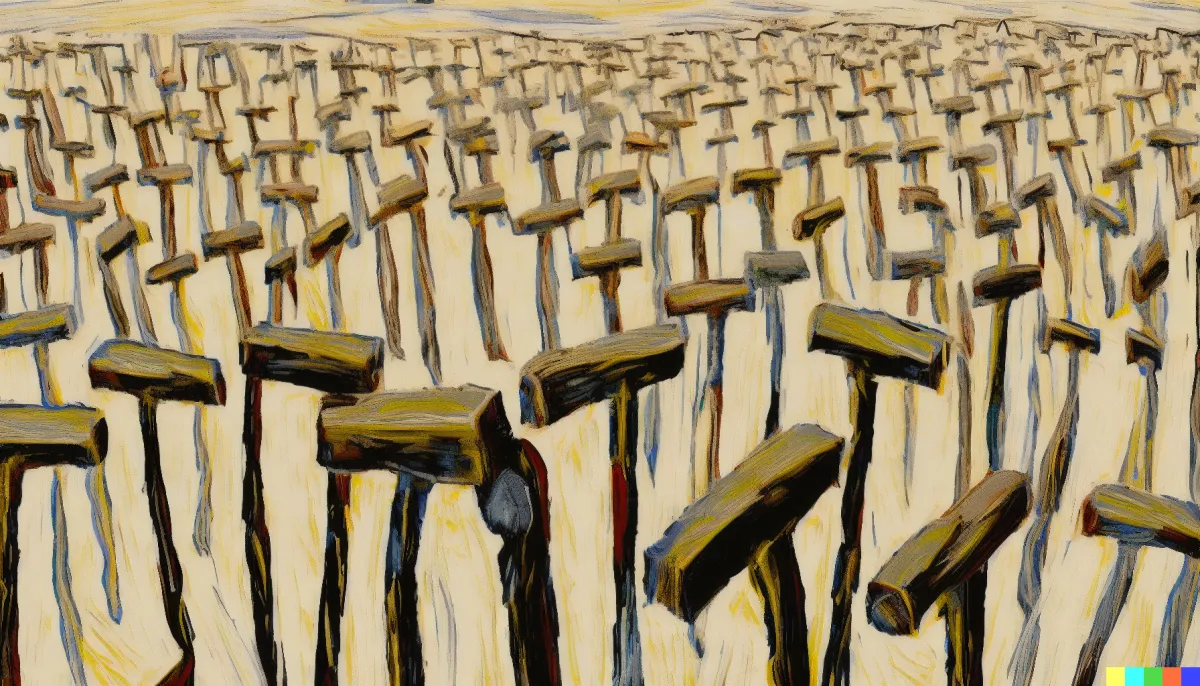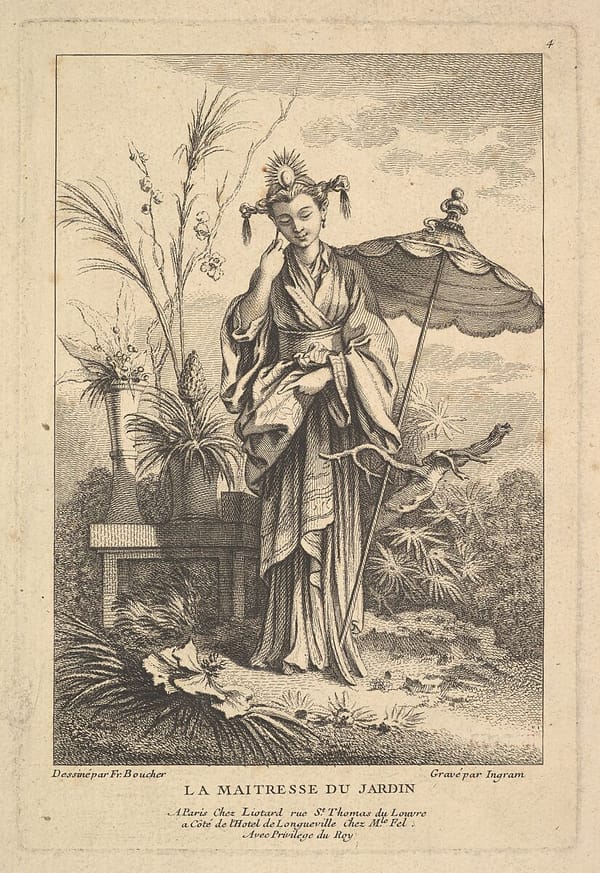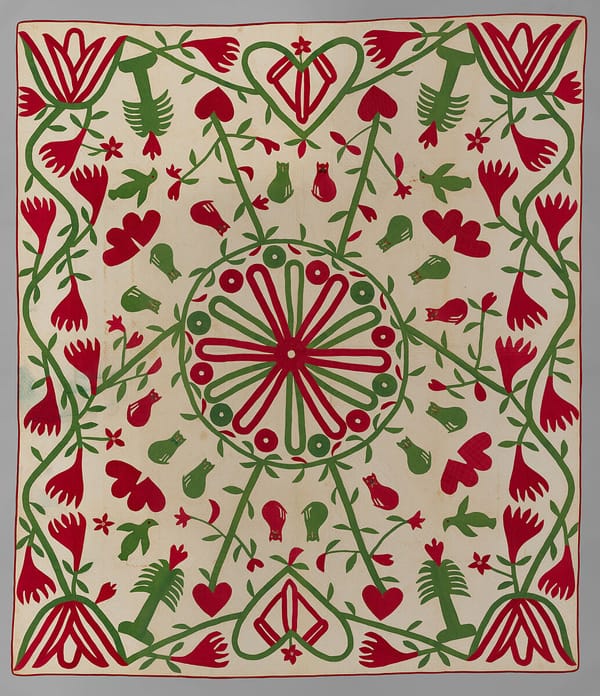The Universal Tool
There is an old adage that “when you have a hammer, everything begins to look like a nail”

There is an old adage that “when you have a hammer, everything begins to look like a nail”.
Is this true? The claim here is that hammers are only good for the purpose of hammering. But what if you are an alien and have never seen the correct use of a hammer, and one day a hammer spontaneously appears in front of you. With some imagination, you may be able to divine the true use case for the hammer. With even more (or less) imagination, you may use the hammer for other things than hammering. Perhaps it can be a paperweight, or the claw could be used to scratch graffiti into concrete, or it could be used to mix a hot bowl of soup (though probably not a great surface to eat said soup off of).
Single use tools like hammers in and of themselves are composed of raw materials that are engineered by creativity to create a particular emergent result. A hammer is 50% a stainless steel hunk of metal, but using your arm to slam that metal into a nail is just asking for an injury. So we use wooden handles (the other 50% of a hammer) to perform as a lever and a counterbalance.
But as people used hammers over time, they realized that the work would cause their palms to get sweaty, so we can append another raw material like rubber, to apply more friction to the handle. And on and on we go. Creativity can directly improve an existing tool, attuning it better to its source problem. This implies that many single use tools actually require a set of components that in isolation are not helpful on their own. A wooden handle is much too weak to set a nail. A metal hunk is too taxing to hammer with efficiently. But together, we have one of humanity’s oldest and most trusted tools, the hammer!
But why stop there? What if we tape a spoon to the bottom of the handle our hammer? Now we can eat that soup we stirred. A flashlight? Now our hammer can hammer nails and illuminate the dark. A car? Now our hammer can go places really fast and we can use the hammer as a monster truck style weapon (badass!). With each single-use tool we add, our Swiss-army hammer becomes more and more useful, gets more and more use cases. Occasionally these use cases are greater than the sum of the parts, as an emergent capability occurs when tools are alchemized.
So, we have experimented with three layers of tool manipulation. We first reimagined what our tool could be if we gave up our preconceived notions of what it should be. Then we realized that even single use tools are made up of inert raw materials. These material alone are useless, but together create a tool. 99% of a car isn’t going to take you on a road trip, just ask all those people stuck by the side of the road when a pivotal car piece breaks down. Finally we examined that we can add other single use tools (which in and of themselves are combination items) to make a combination-combination tool, a single use tool with multiple purposes. The use case of a combination-combination tool is the sum of the tools themselves plus what ever other imagined use cases exist for each, plus imagined use cases for the tools combined.
Let’s finish this hammer journey by imagining the most versatile hammer ever created. A new kind of hammer. A hammer that by itself didn’t really look like anything in particular because it can do everything. Every time you glanced down at the tool in your hand, it magically transforms into something else, like how water conforms to whatever glass it is set in or how a chameleon changes its color based on its environment. What can this hammer do? What can’t it do?
Let’s call this amorphous imagination hammer a universal tool.
A universal tool should be able to:
- recruit raw materials to its cause
- reshape its current architecture to perform new roles with the same building blocks (improving the same tools); attuning to problems
- bend the world around it to create more instances of itself
- solve new problems leveraging creativity and imagination
A computer is a universal information tool.
bramadams.dev is a reader-supported published Zettelkasten. Both free and paid subscriptions are available. If you want to support my work, the best way is by taking out a paid subscription.




